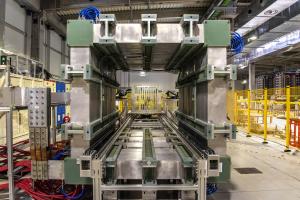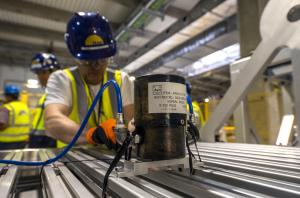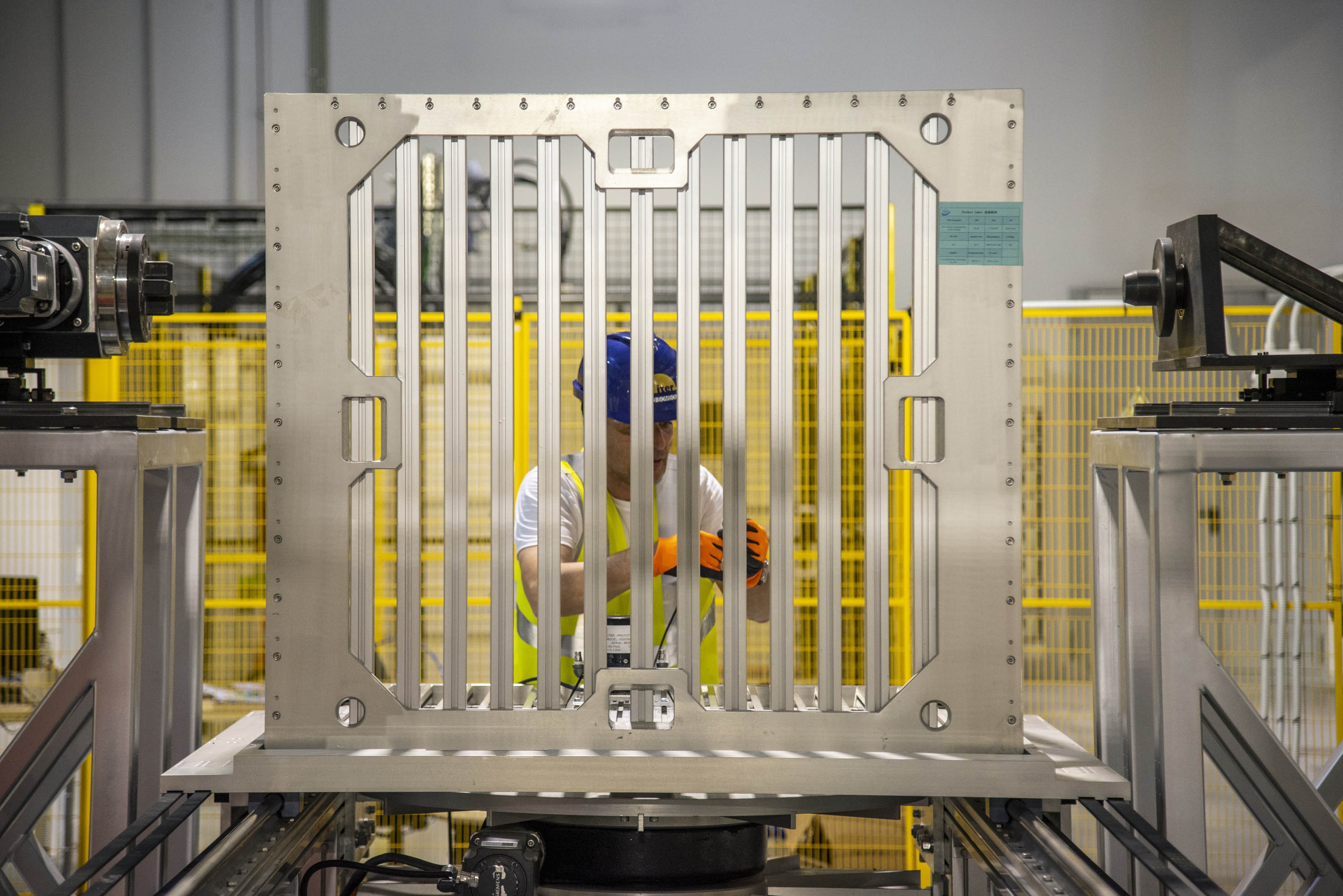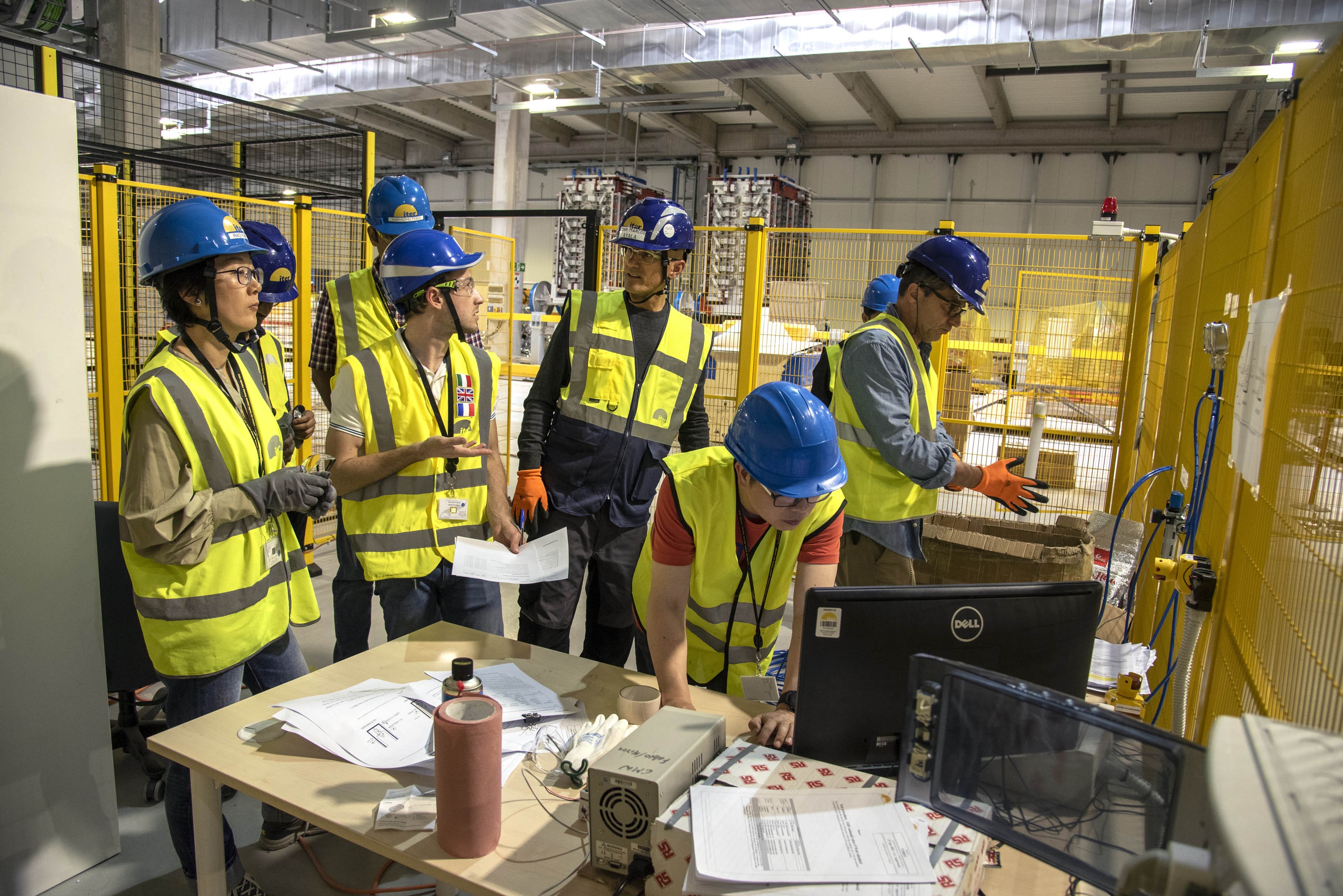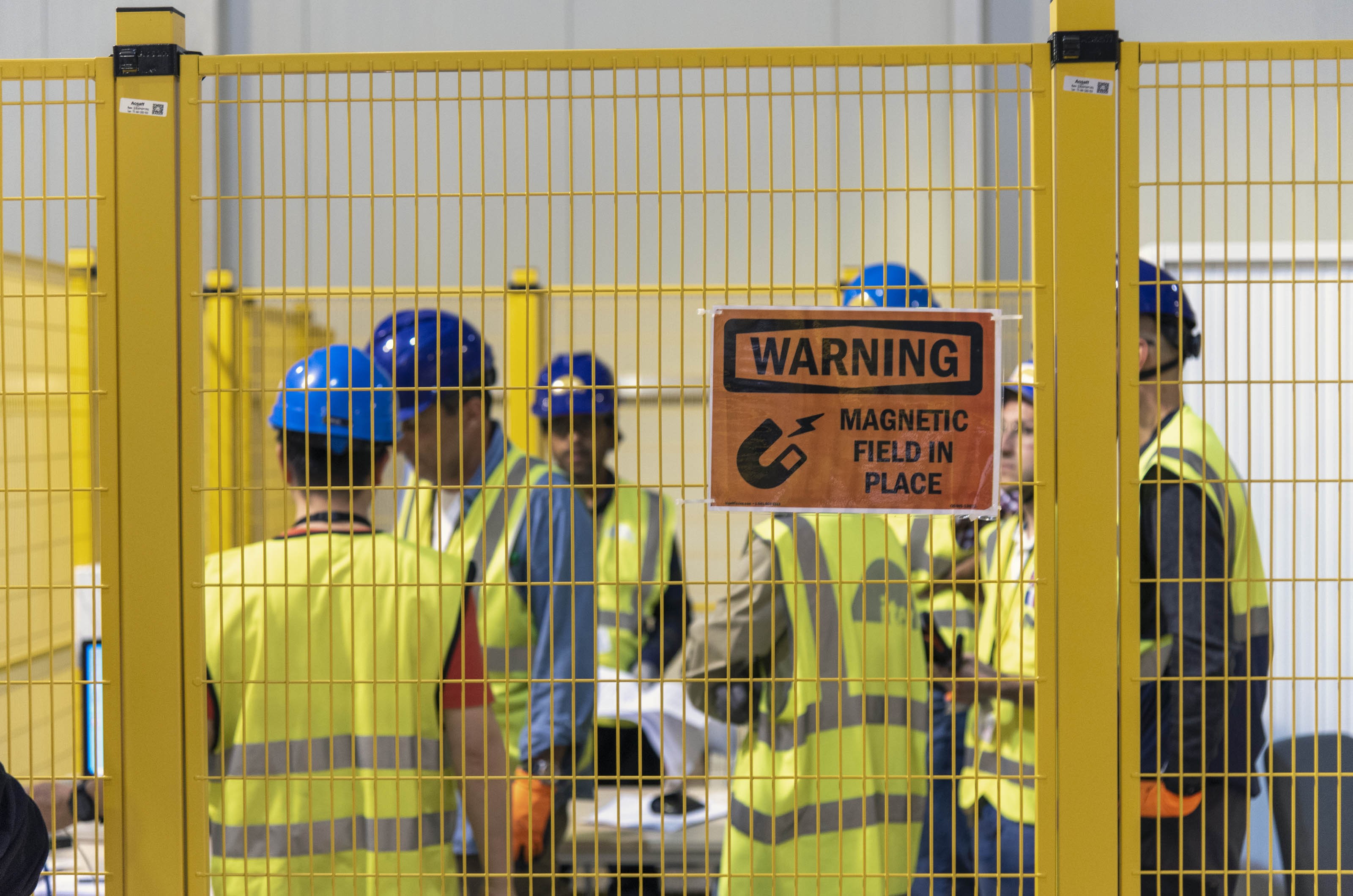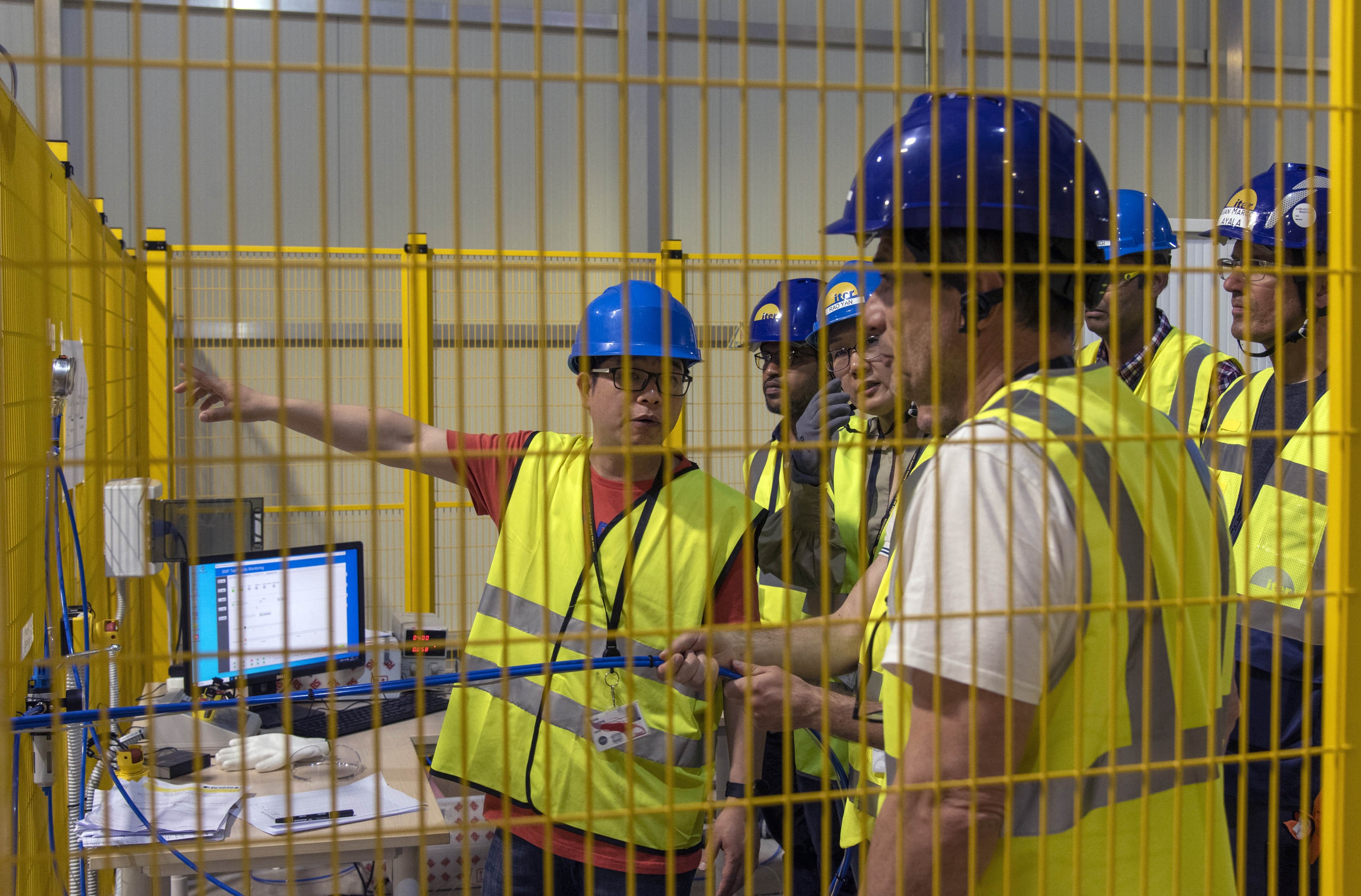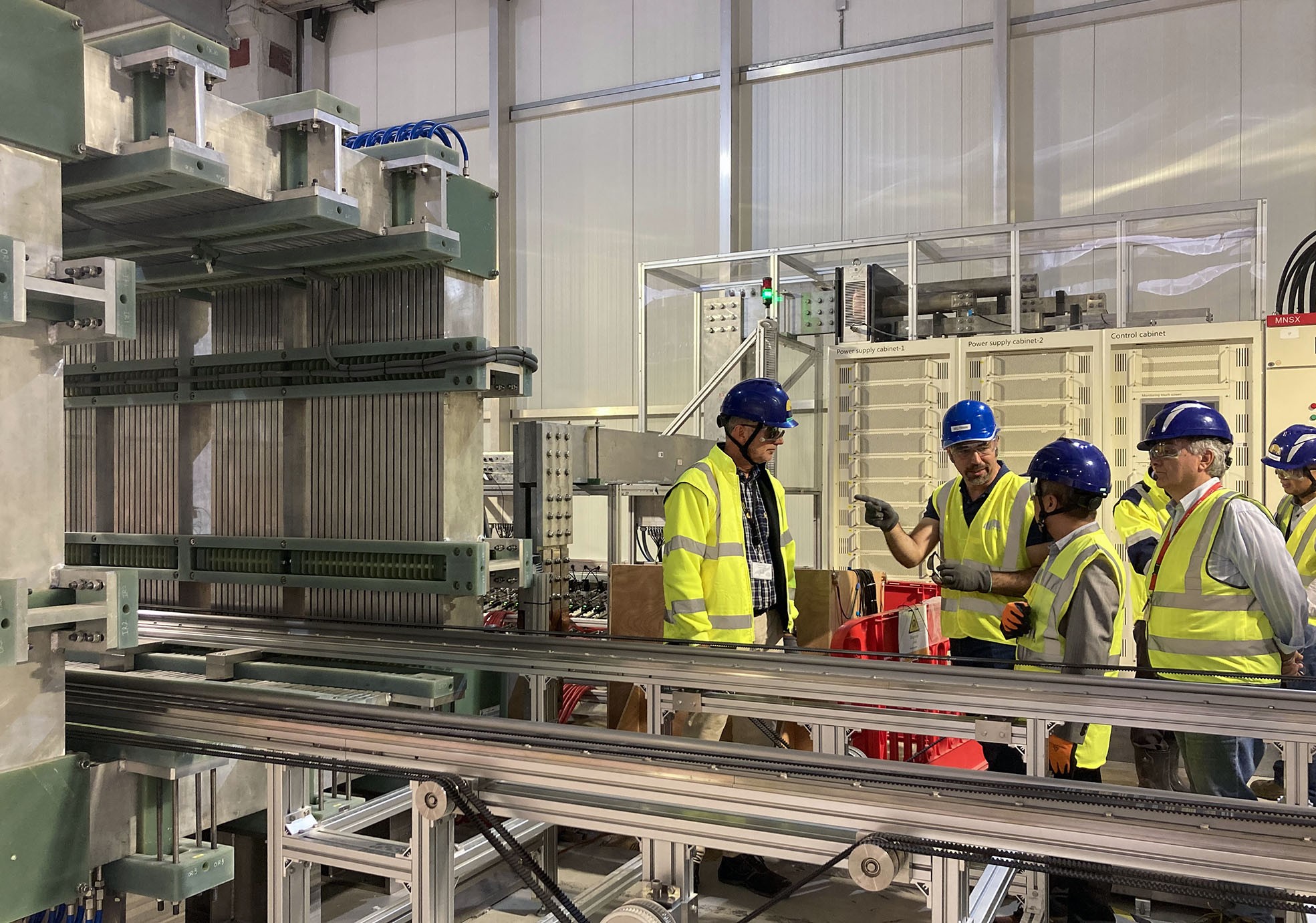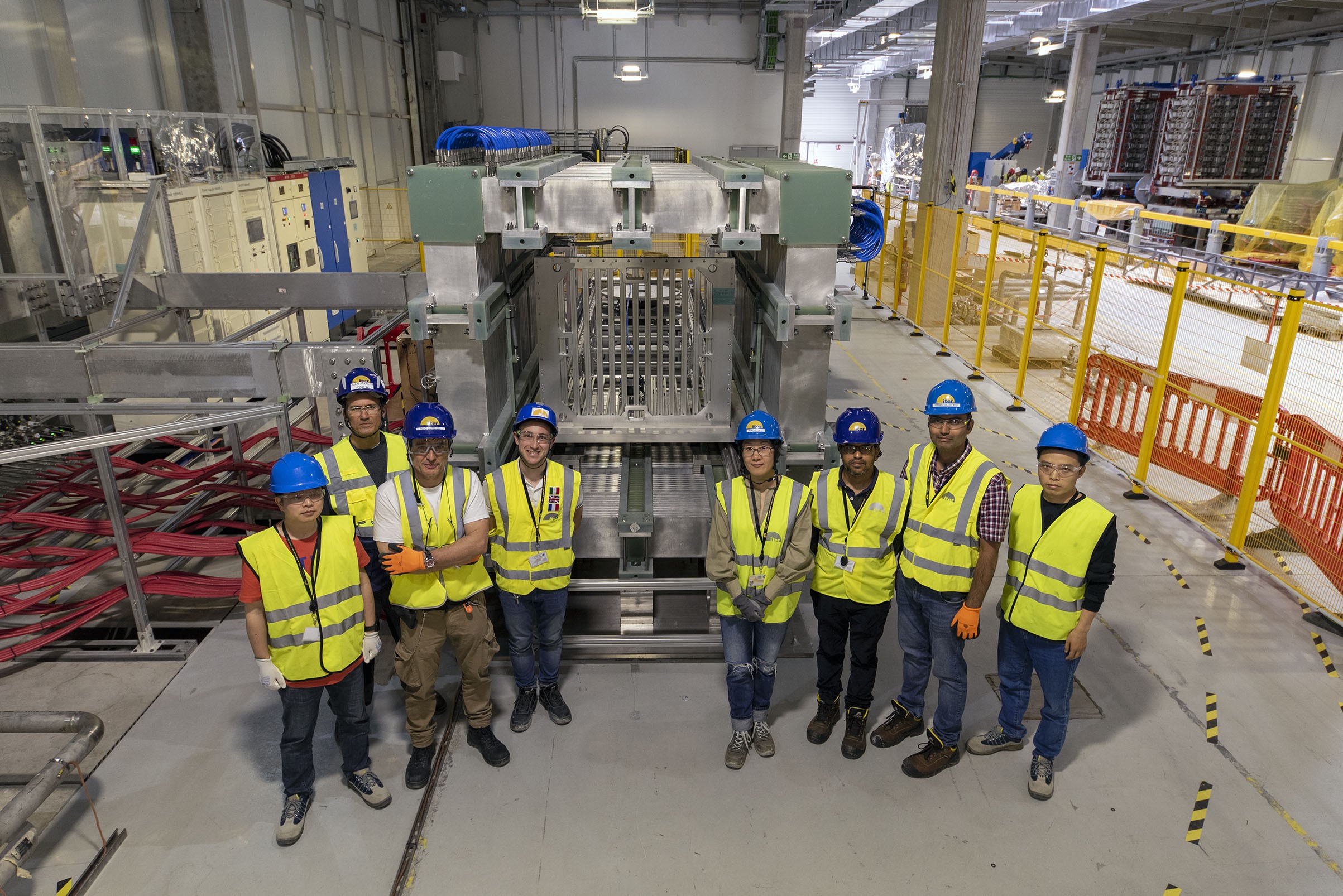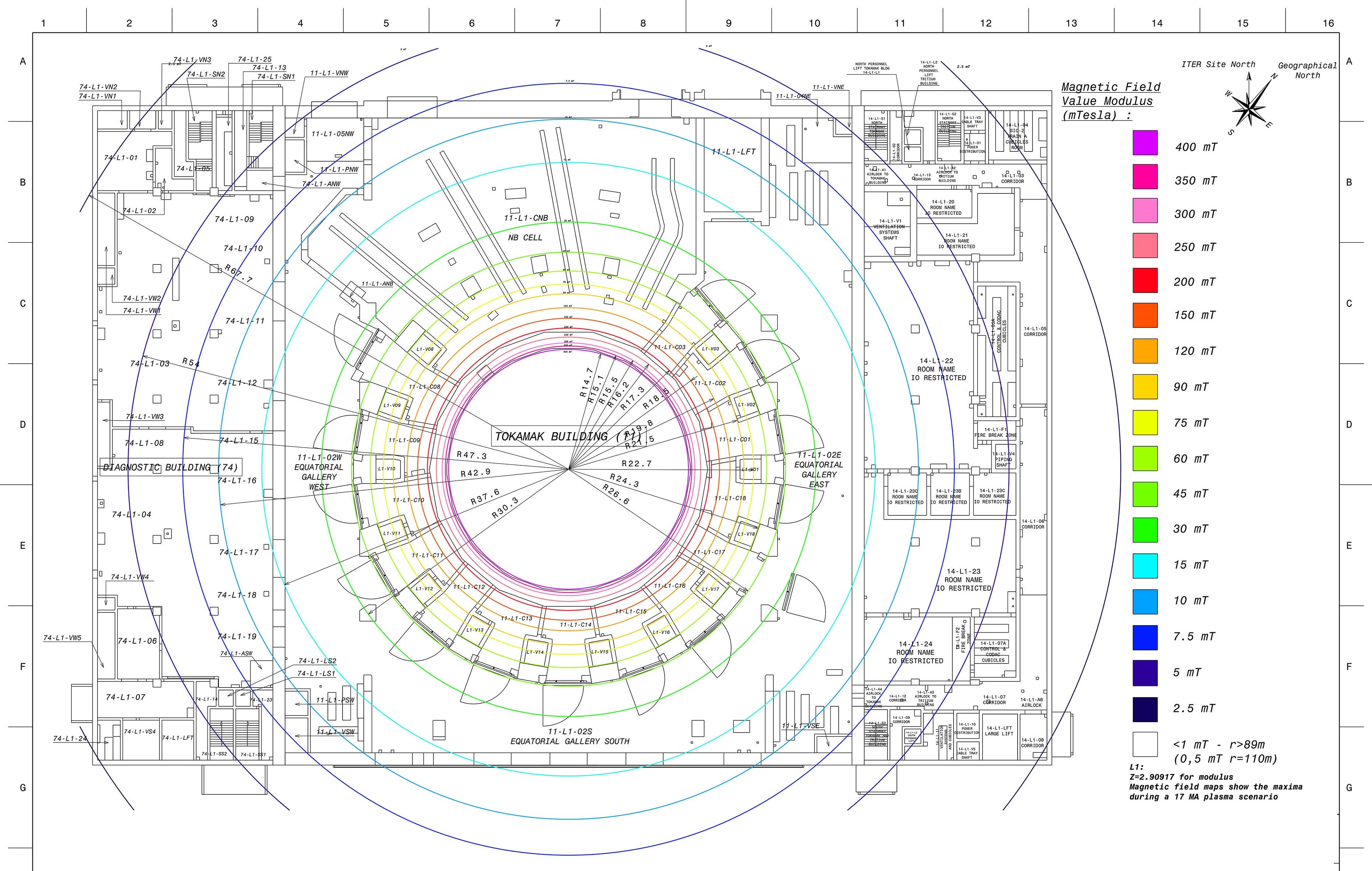How do electronics react to magnetic fields?
A tokamak is basically a magnetic cage designed to confine, shape and control the super-hot plasmas that make fusion reactions possible. Inside the ITER tokamak, different types of coils will generate different magnetic fields, each with a specific function and intensity. But whereas the magnetic "lines" from the toroidal field coils will remain inside the machine's torus, those from the central solenoid and ring-shaped poloidal field coils will reconnect outside it. As a consequence, a large portion of Tokamak Complex components will be exposed to magnetic fields whose intensity, although rapidly decreasing with distance¹, will be significant.
Magnetic fields can affect electronic and electromechanical components. In ITER, as scores of such devices will be located in a radius of a few dozen metres from the tokamak's core, it is of crucial importance to know if and how they might be impacted or damaged. "In installations that generate magnetic fields such as particle accelerators and other tokamaks, the electronics can be installed as far from the magnetic source as necessary," explains David Beltran, head of the ITER Instrumentation & Control (I&C) Infrastructure Section. "In ITER however, due to the building's layout, we do not have such a possibility. In a way, we are dealing with an issue that no project has really faced on that scale before."
Electronic and electromagnetic components do not come with a certificate or qualification that would specify the maximum magnetic intensity they can "see" before risking a dysfunction. One exception is pacemakers, whose exposure limit has been determined at 0.5 milliTesla (mT). In ITER, during operation, the electronics closest to the machine (located in the port cells) will be awash in a field of approximately 200 milliTesla (mT) and all the I&C cubicles and electrical distribution boards located in the Tokamak Building will face a magnetic field comprised between 20 mT and 2.5 mT.
Over the past decade, ITER has developed a protocol to test electronic and electromechanical components. Three years ago, a contract was placed with the Institute of Plasma Physics (ASIPP), Chinese Academy of Sciences, to build an installation that could accommodate large electronic and electromechanical components such as valves, computers, or pumps and submit them to the very magnetic fields they will be exposed to during operation. After manufacturing and testing in China, the Static Magnetic Field Test Facility, with a maximum field of 275 mT and a test volume of one cubic metre, was transported to ITER and reassembled during the first half of 2022. On 23 May, after legal inspections and approval, the ITER teams proceeded to a first test on a tin-can-size electromechanical valve for the cooling water system.
Installed in one of the twin Magnet Power Conversion Buildings where sufficient space will remain available during the first phases of operation, the Static Magnetic Field Test Facility comprises eight power supply modules that deliver DC current (up to 12 kA) to a square, arch-like, water-cooled aluminium coil. Power is delivered through a busbar and a remote handling system—operating along three axes—is used to position the component inside the coil. Reproducing the anticipated magnetic conditions during plasma operation for each type of component, the tests vary in duration from a few minutes to a few hours.
"In order to avoid any malfunctioning of the electrical and electromechanical components during plasma operation, we will have to test a sample of each and every type of component exposed to the magnetic field. The ageing process will be simulated by applying a 40 percent increase to the field's parameters," says David.
Depending on the time devoted to preparations and the duration of exposure for the different components, the installation could perform between 100 and 200 tests per year. "This test facility is not for ITER Organization teams exclusively," says Sergio Orlandi, head of the ITER Plant Construction Department and interim head of the Machine Construction Department. "It is open to the Domestic Agencies for the testing of the equipment they procure, and also to external contractors that contribute to ITER."
As for the electromechanical valve that was tested last week, the result obtained shed light on its robustness and reliability, providing valuable insights for potential applications in magnetic-field-sensitive environments.
¹ Like many things in nature (light, radiowaves, gravity, sound ...) the intensity of a magnetic field follows what is called the inverse-square law. The force of a magnet decreases so rapidly that at a distance of 30 metres it has lost 99.9 percent of its original intensity.

